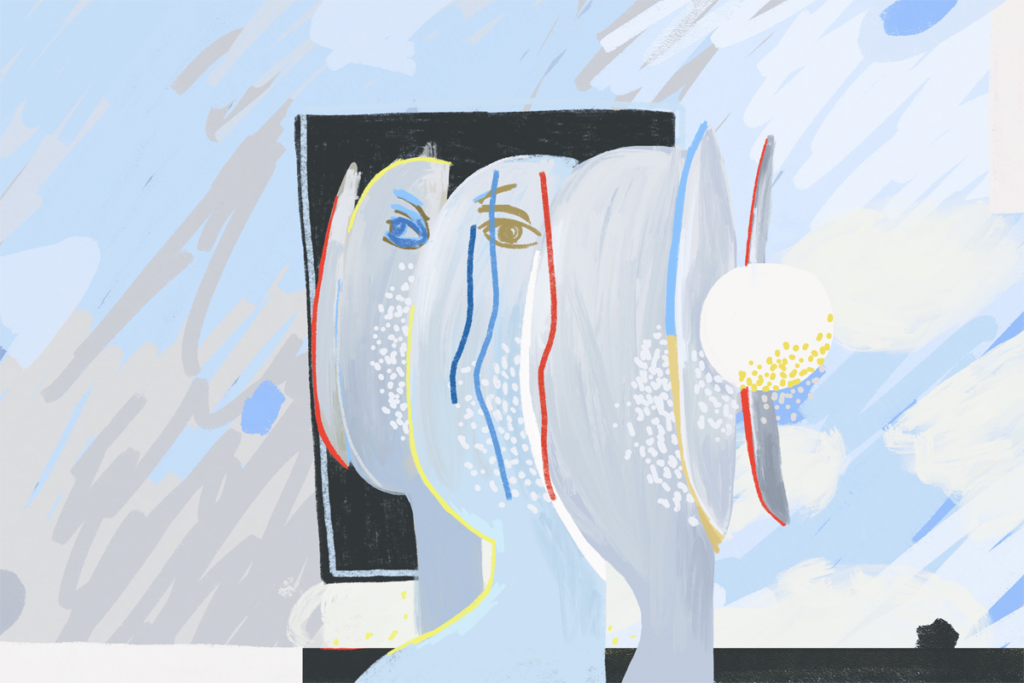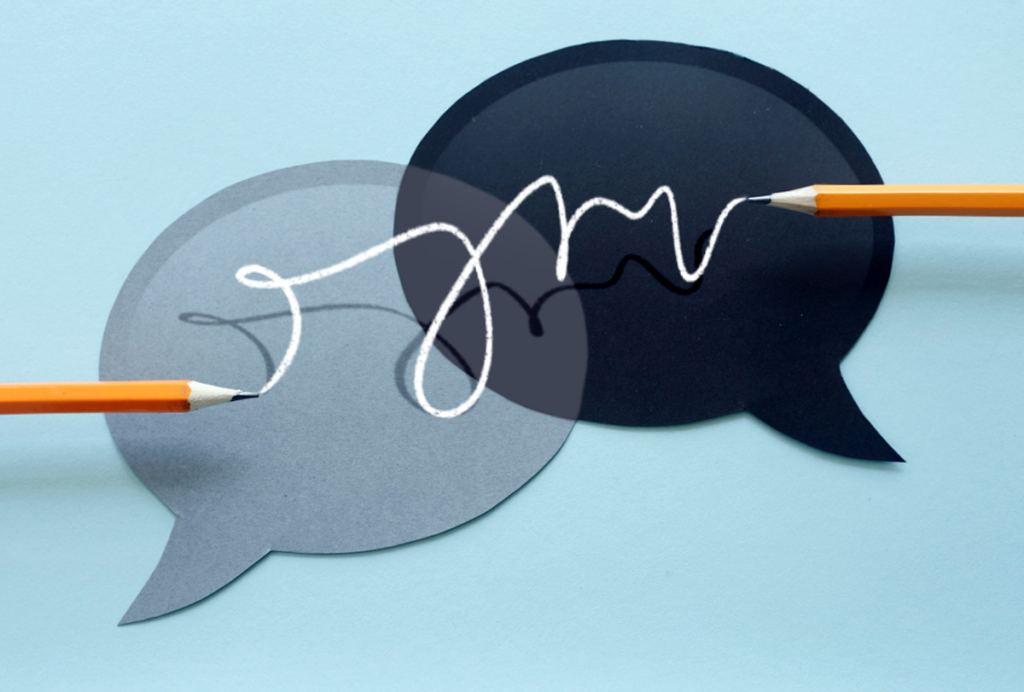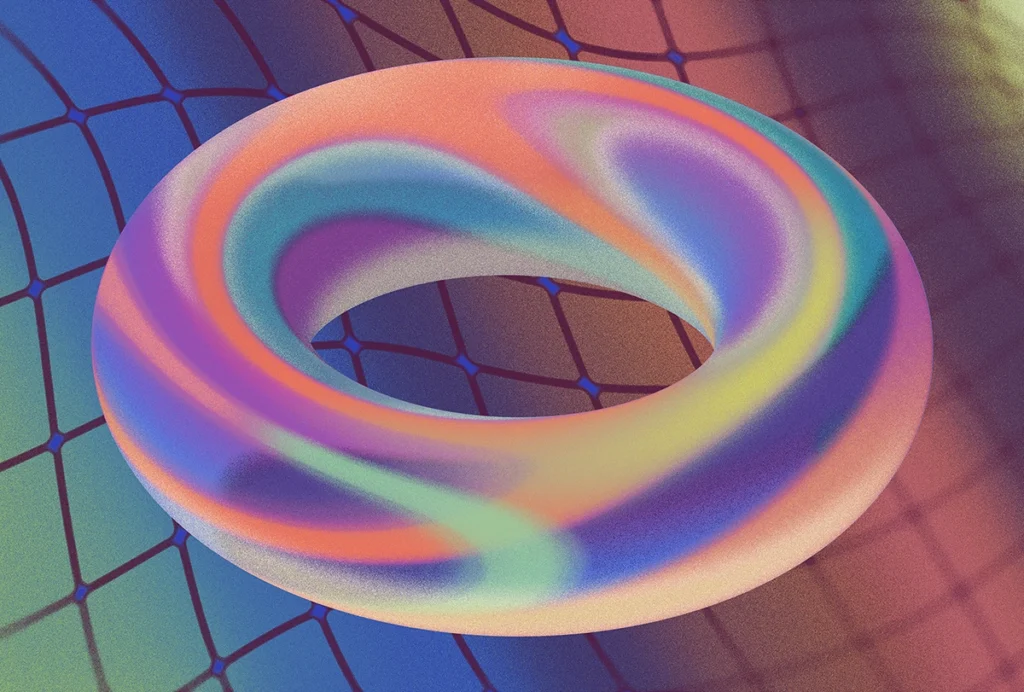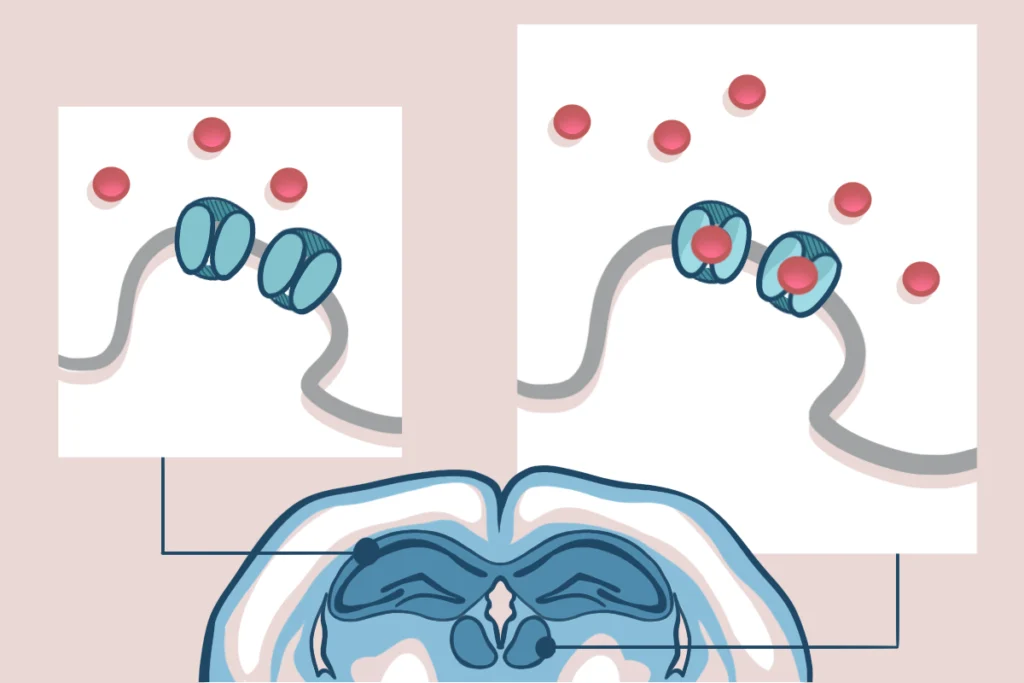Anya Sahni is an illustrator and was The Transmitter’s art intern in the summer of 2024. She is an undergraduate student at Rensselaer Polytechnic Institute, where she studies neuroscience and art.

Anya Sahni
Art intern
The Transmitter
From this contributor
Thinking about thinking: AI offers theoretical insights into human memory
We need a new conceptual framework for understanding cognitive functions—particularly how globally distributed brain states are formed and maintained for hours.

Thinking about thinking: AI offers theoretical insights into human memory
Revisiting sex and gender in the brain
To conduct scientifically accurate and socially responsible research, it is useful to think of “sex” as a complex, multifactorial and context-dependent variable.

Revisiting sex and gender in the brain
Say what? The Transmitter’s top quotes of 2024
“We’ve cured mouse-heimer’s thousands of times...”—find out who said this to a Transmitter reporter, and read our other favorite quotes from the past year.

Say what? The Transmitter’s top quotes of 2024
Neural manifolds: Latest buzzword or pathway to understand the brain?
When you cut away the misconceptions, neural manifolds present a conceptually appropriate level at which systems neuroscientists can study the brain.

Neural manifolds: Latest buzzword or pathway to understand the brain?
Ketamine targets lateral habenula, setting off cascade of antidepressant effects
The drug’s affinity for overactive cells in the “anti-reward” region may help explain its rapid and long-lasting results.

Ketamine targets lateral habenula, setting off cascade of antidepressant effects
Explore more from The Transmitter
Not playing around: Why neuroscience needs toy models
Amid the rise of billion-parameter models, I argue that toy models, with just a few neurons, remain essential—and may be all neuroscience needs.

Not playing around: Why neuroscience needs toy models
Amid the rise of billion-parameter models, I argue that toy models, with just a few neurons, remain essential—and may be all neuroscience needs.
Psychedelics research in rodents has a behavior problem
Simple behavioral assays—originally validated as drug-screening tools—fall short in studies that aim to unpack the psychedelic mechanism of action, so some behavioral neuroscientists are developing more nuanced tasks.

Psychedelics research in rodents has a behavior problem
Simple behavioral assays—originally validated as drug-screening tools—fall short in studies that aim to unpack the psychedelic mechanism of action, so some behavioral neuroscientists are developing more nuanced tasks.
New organoid atlas unveils four neurodevelopmental signatures
The comprehensive resource details data on microcephaly, polymicrogyria, epilepsy and intellectual disability from 352 people.

New organoid atlas unveils four neurodevelopmental signatures
The comprehensive resource details data on microcephaly, polymicrogyria, epilepsy and intellectual disability from 352 people.